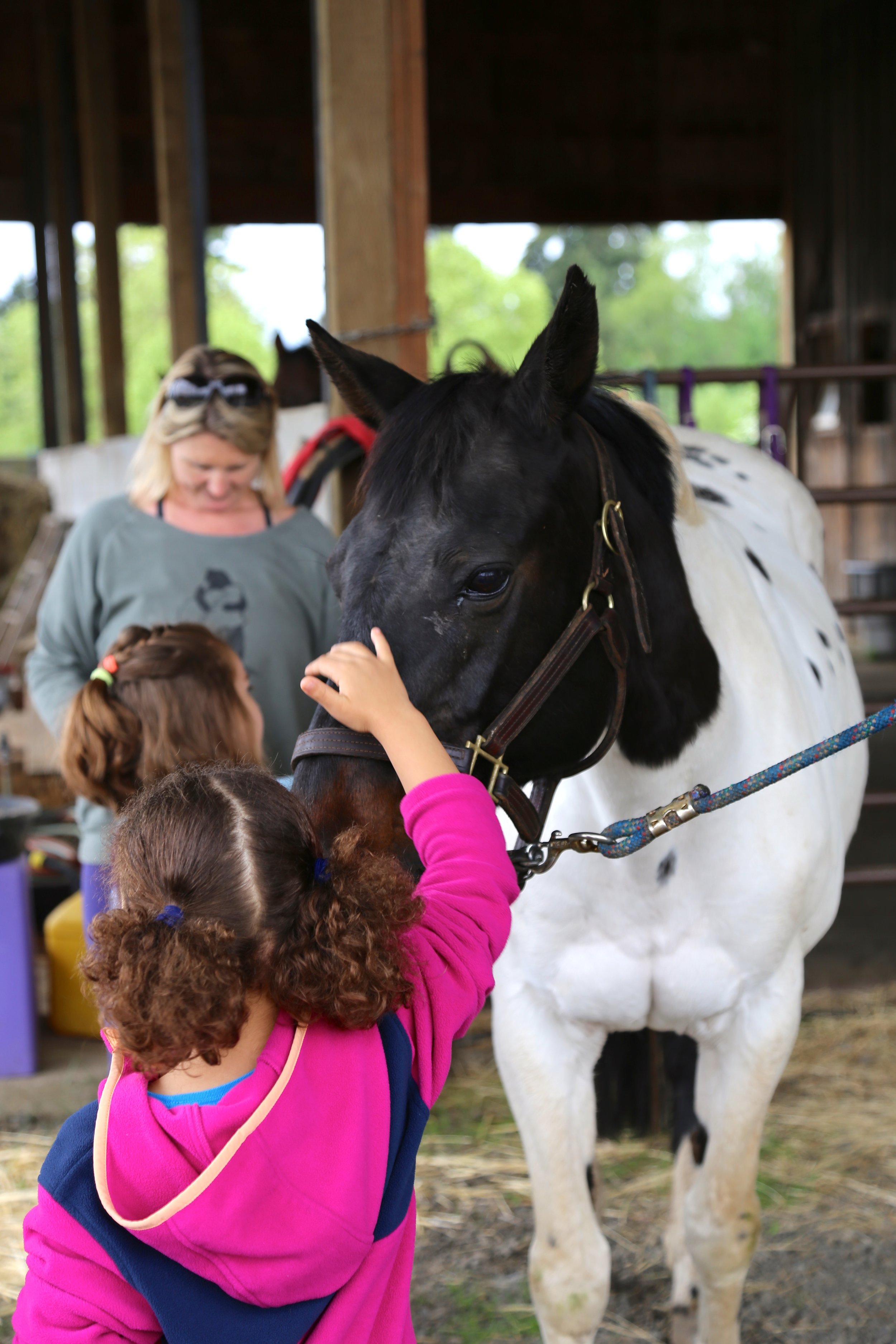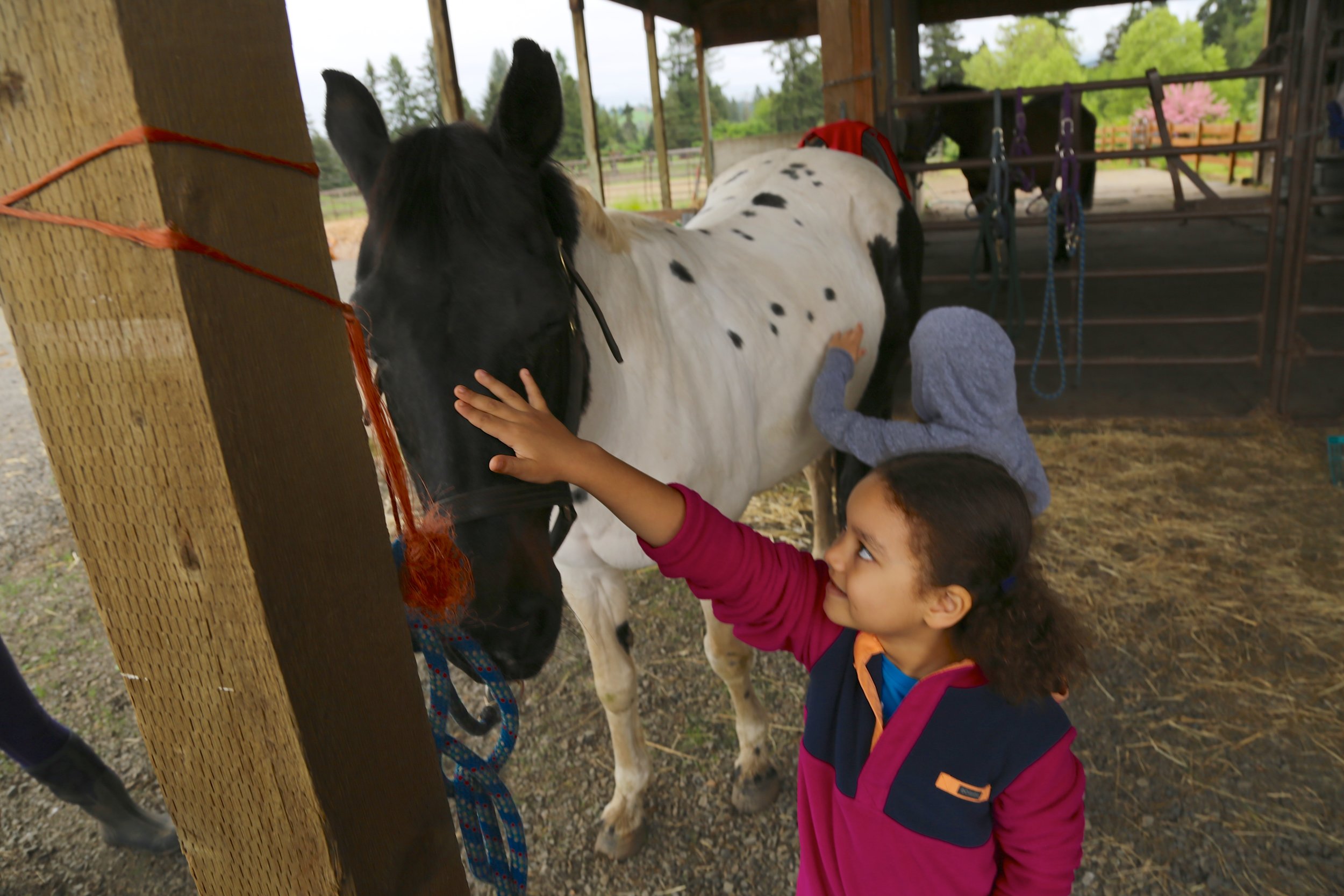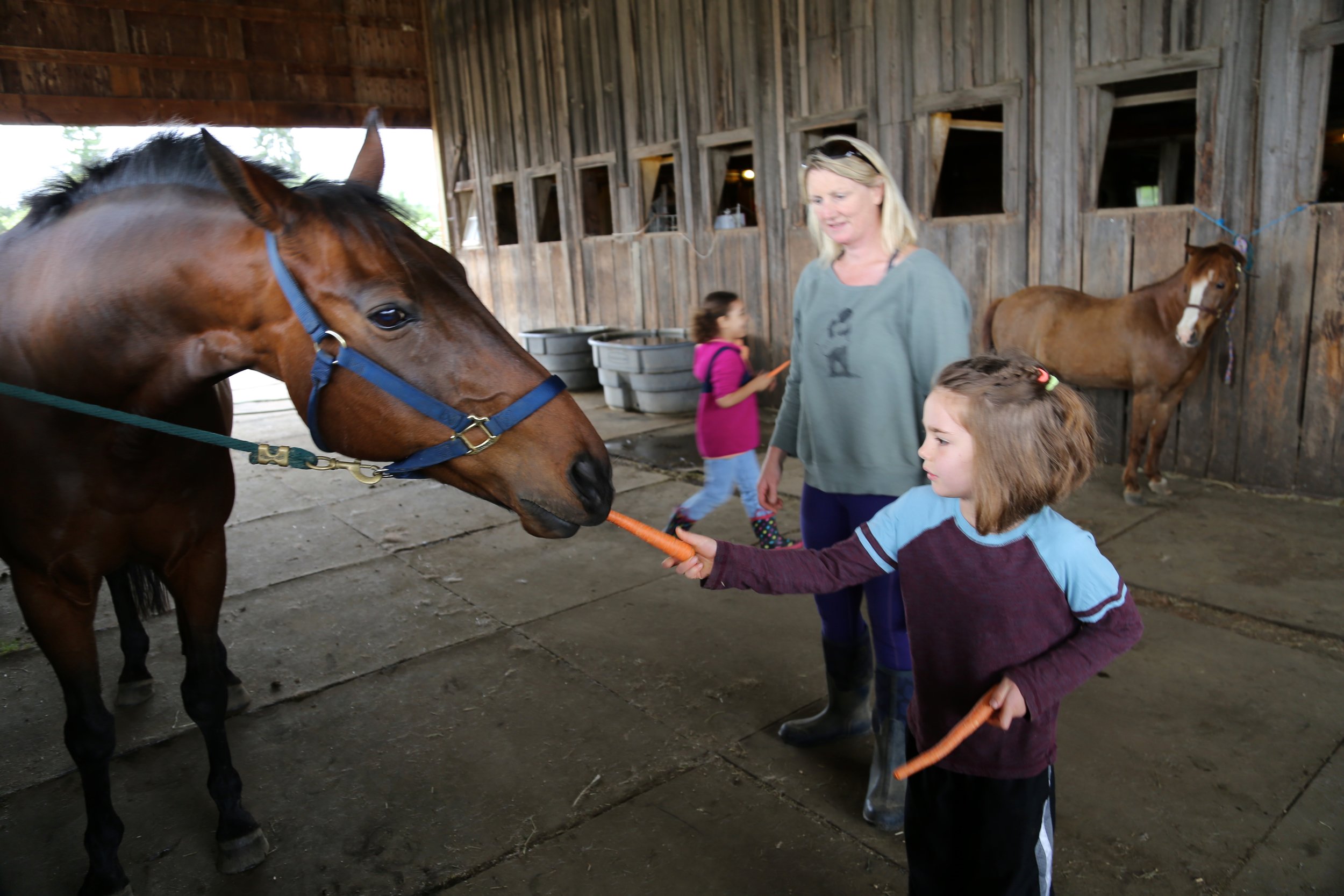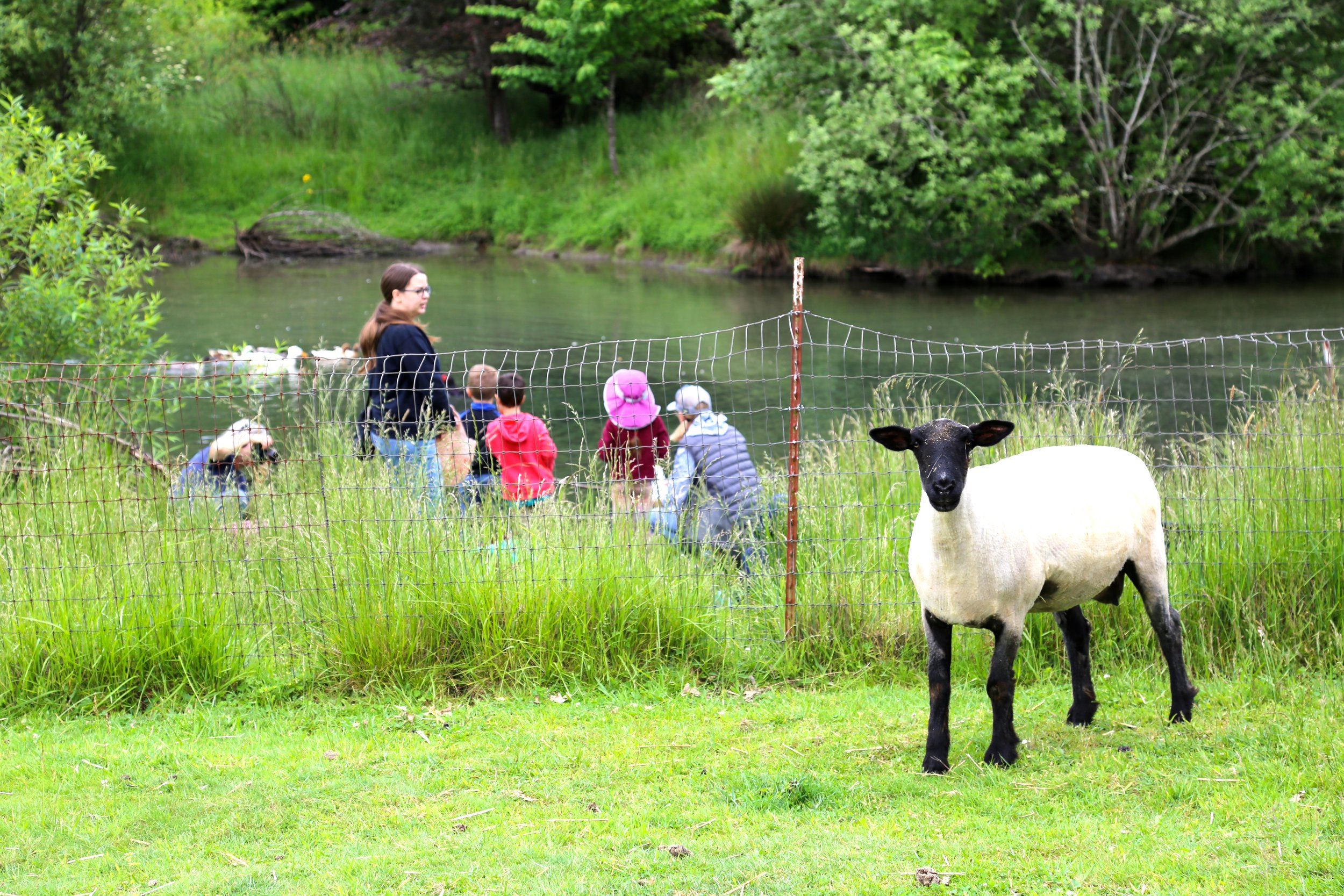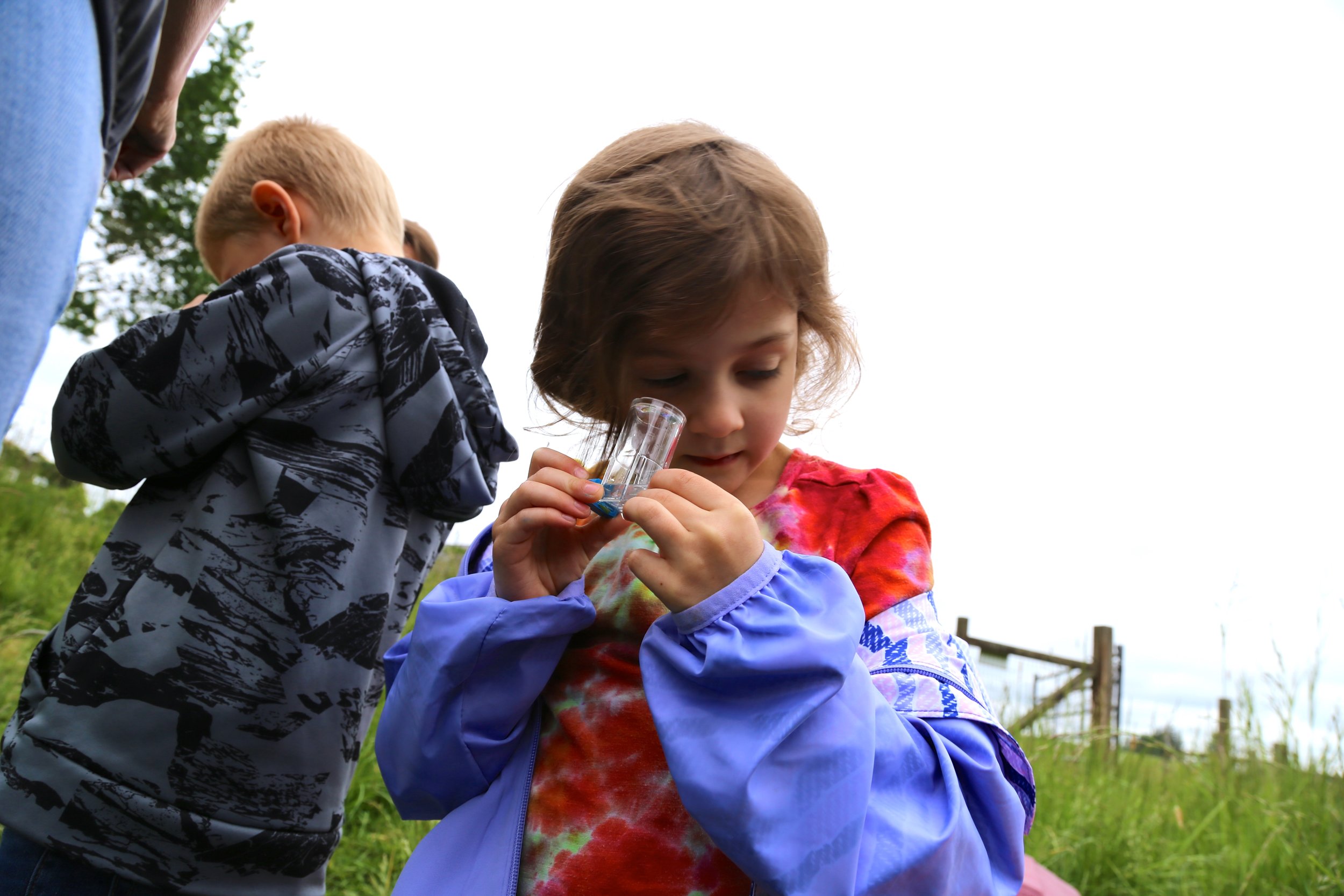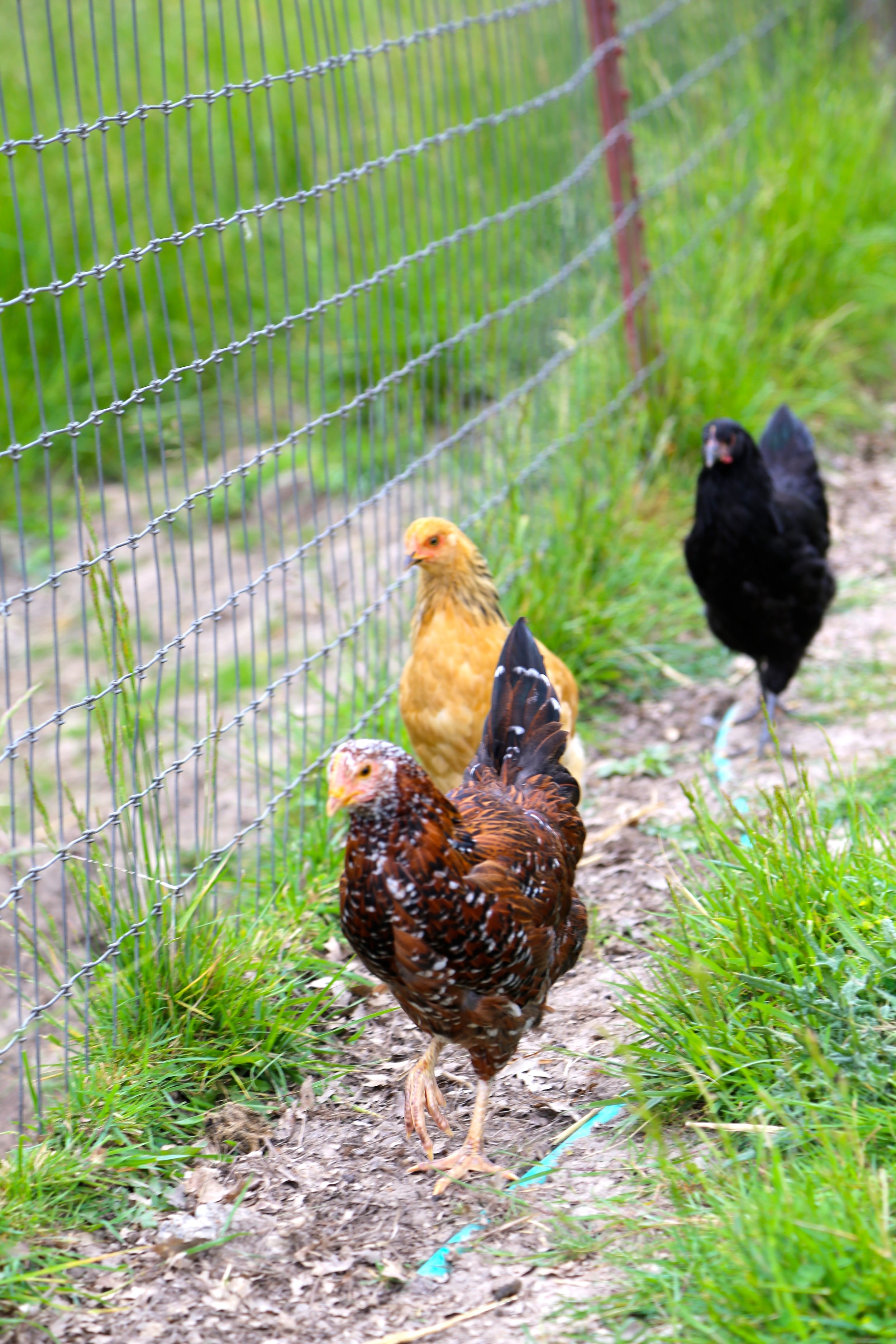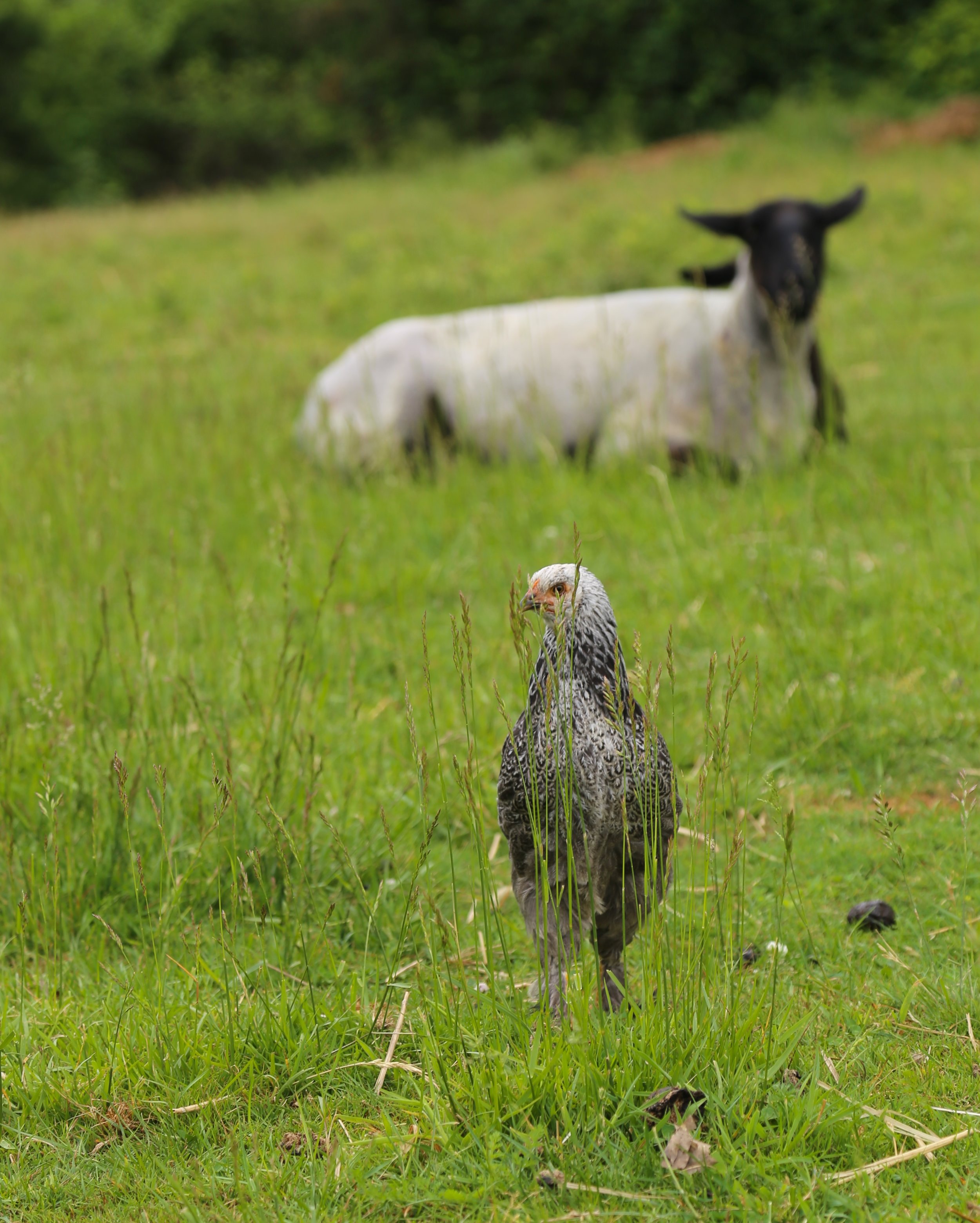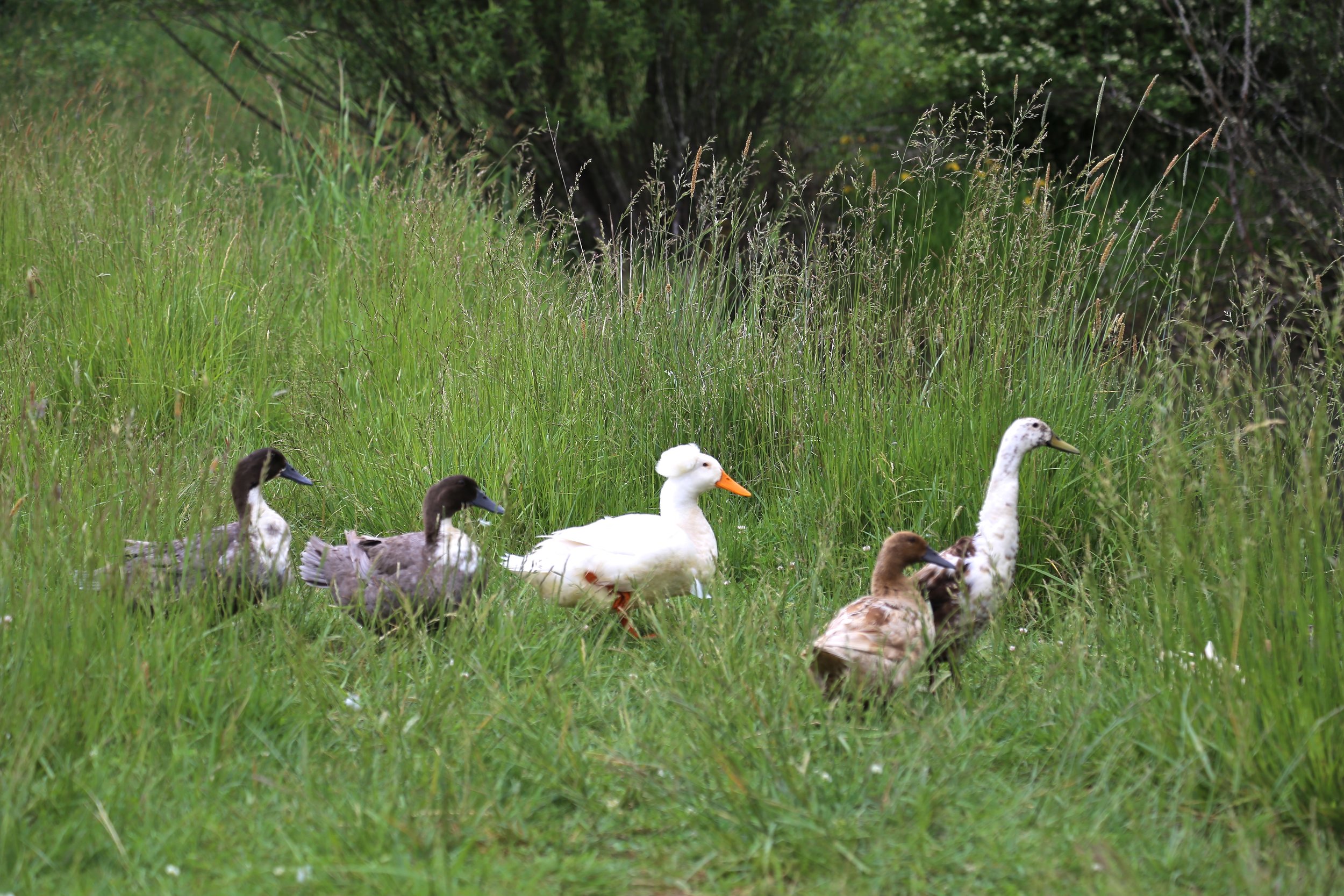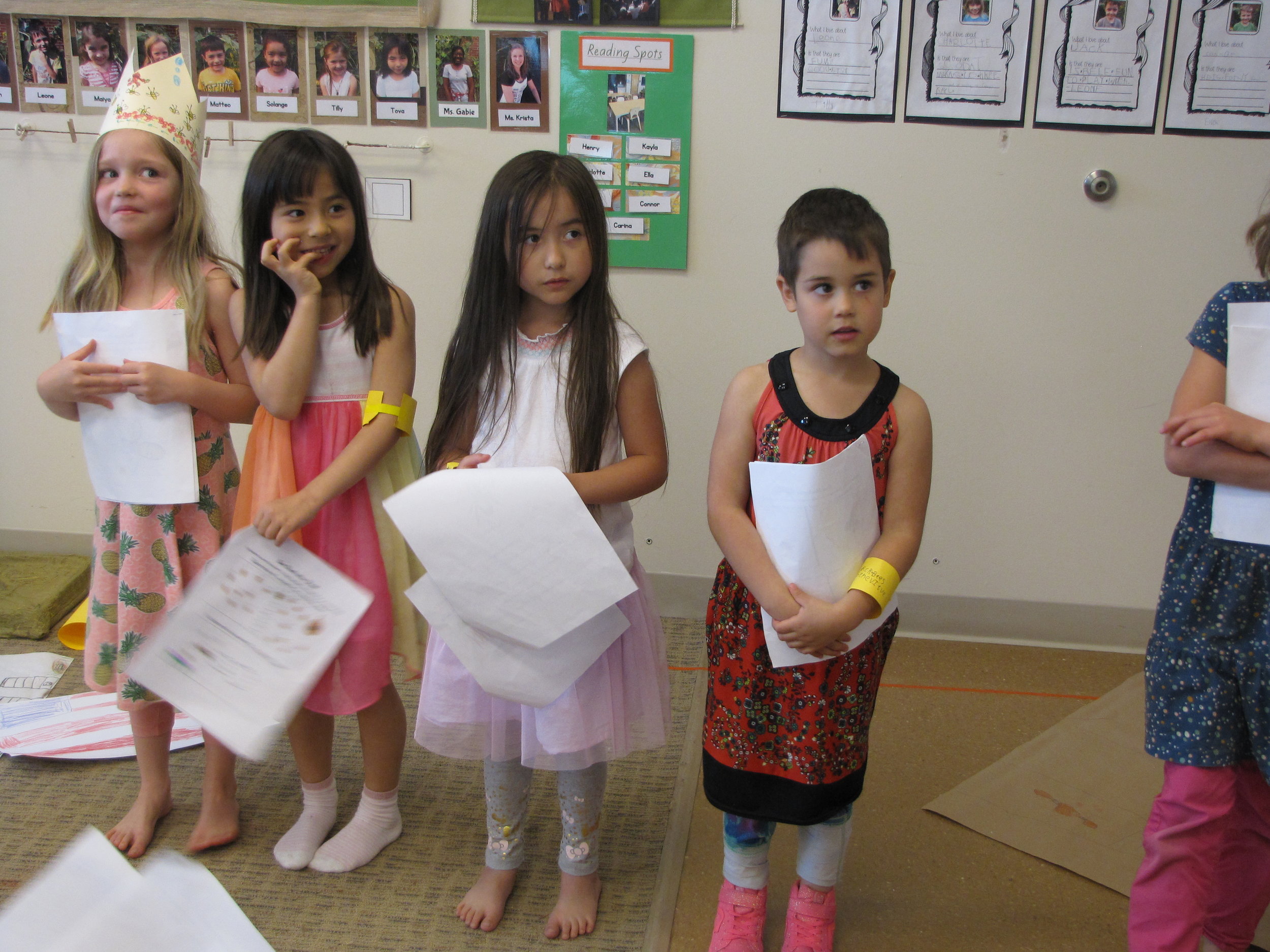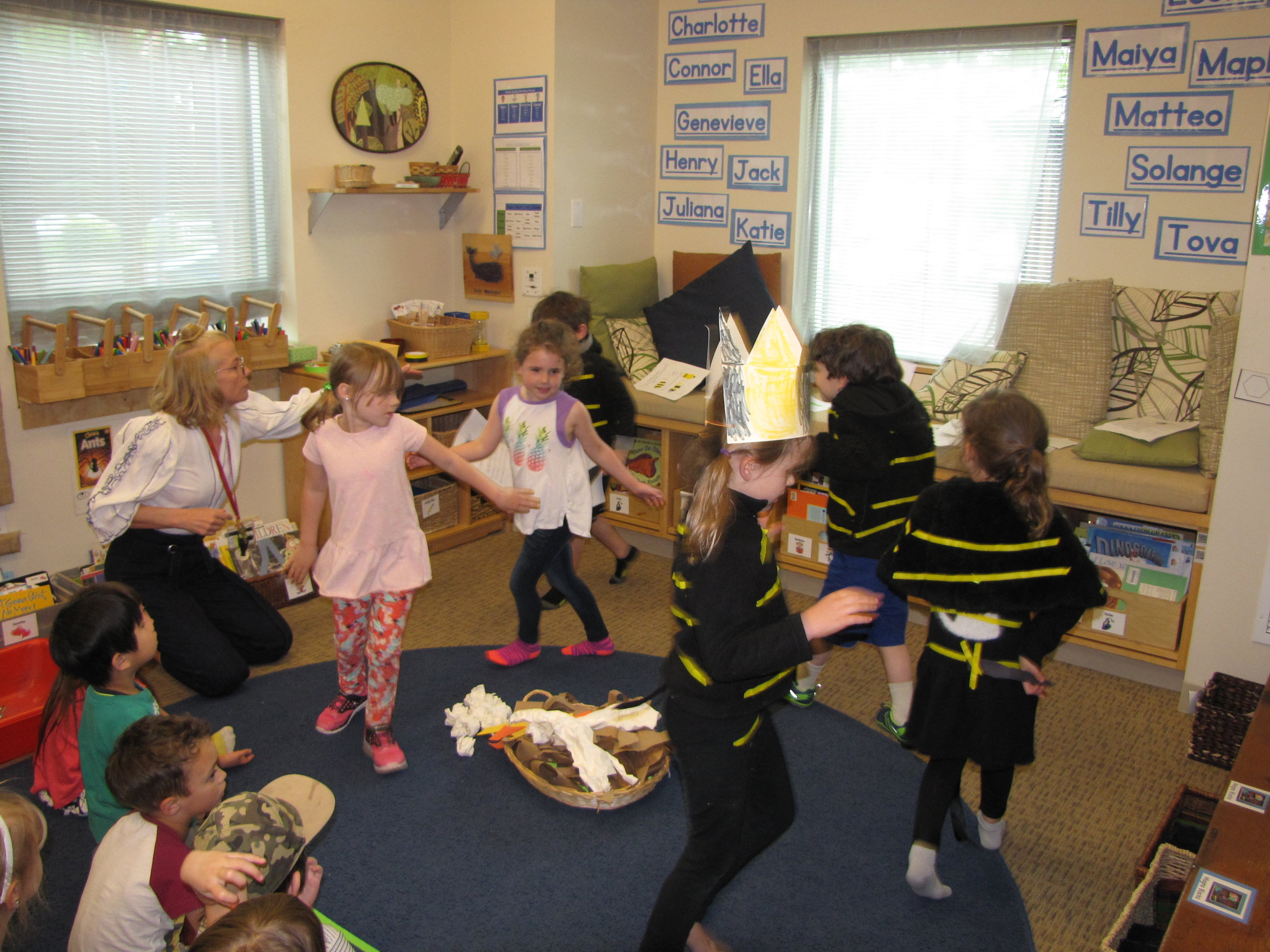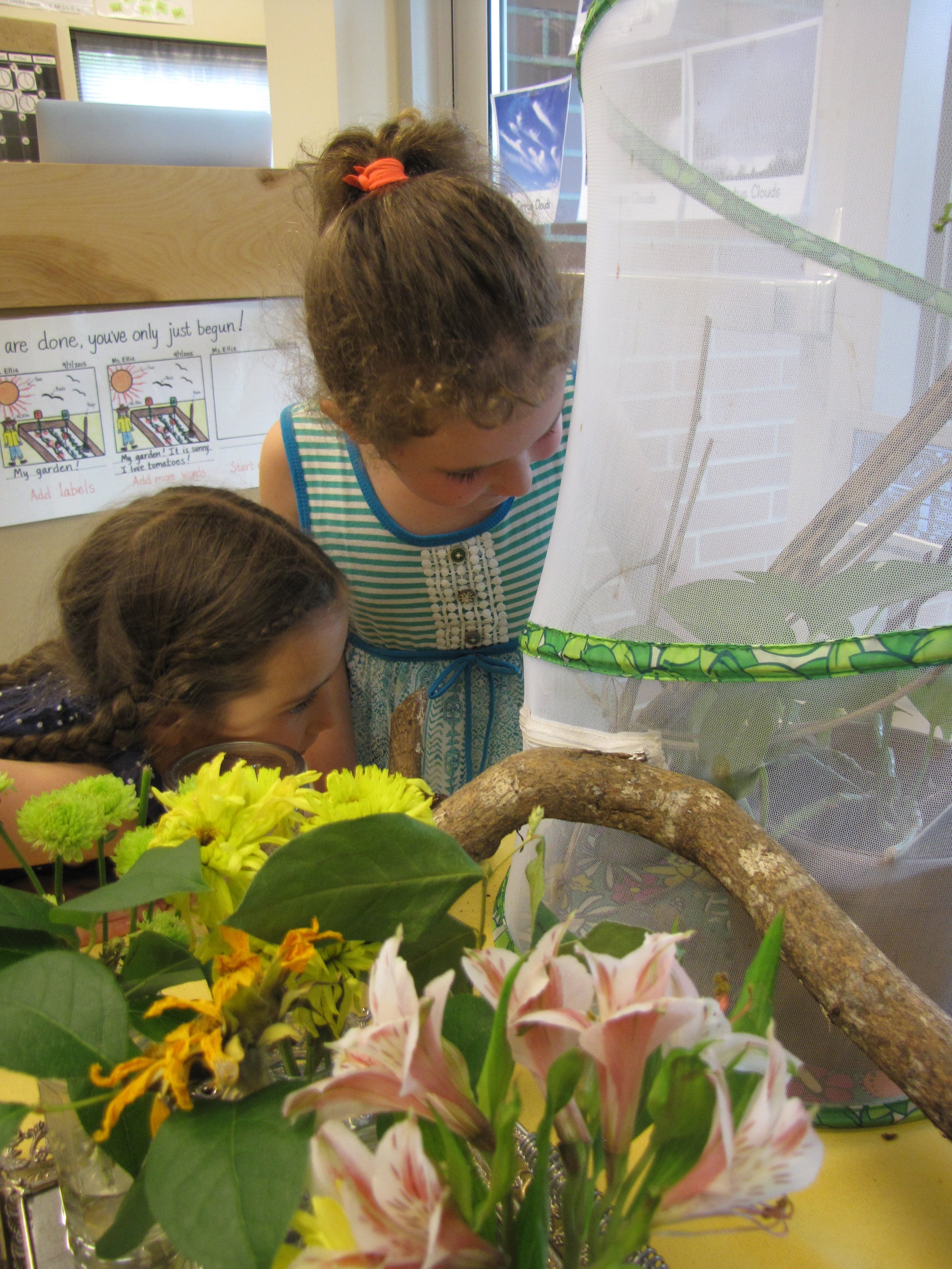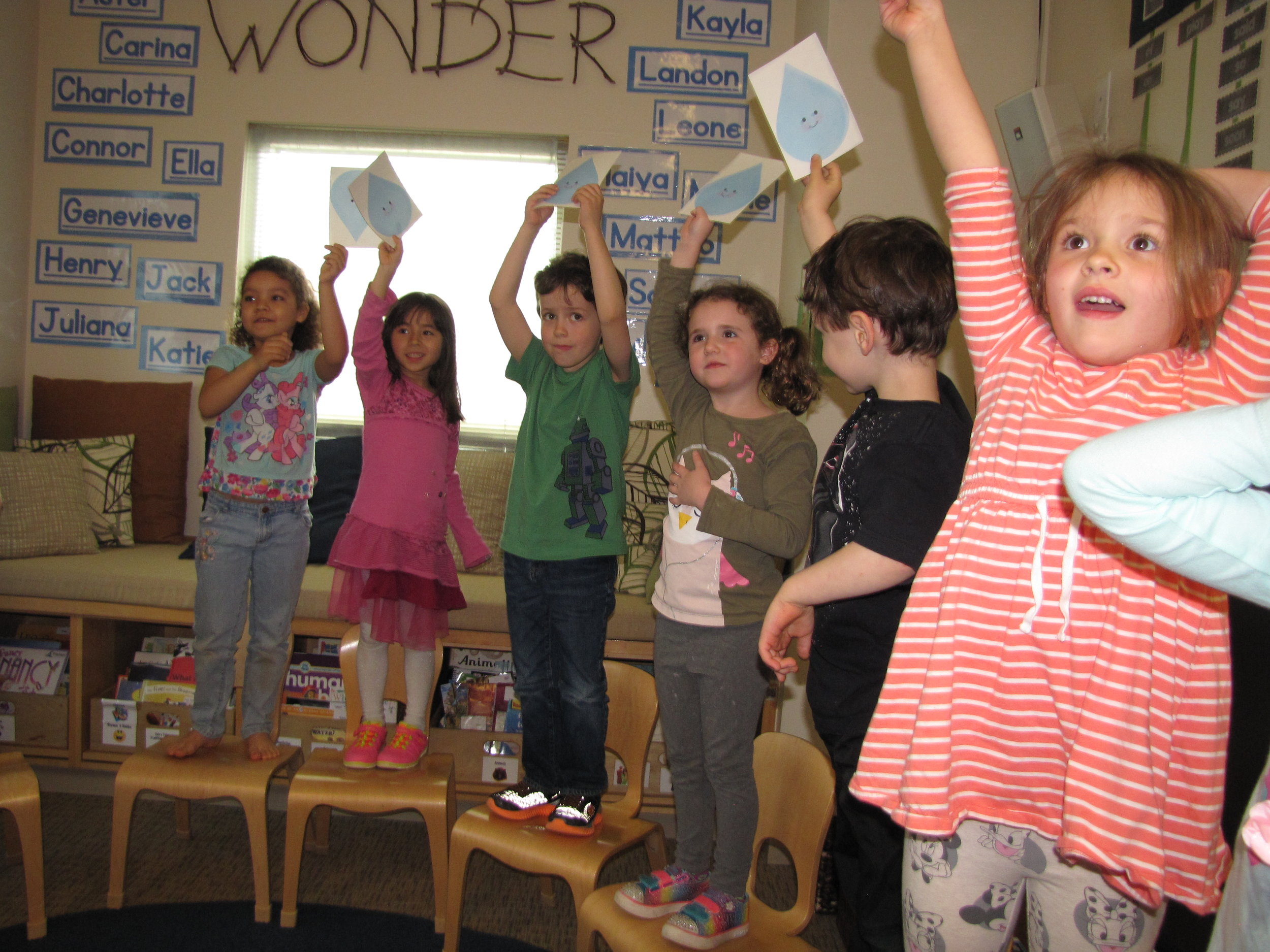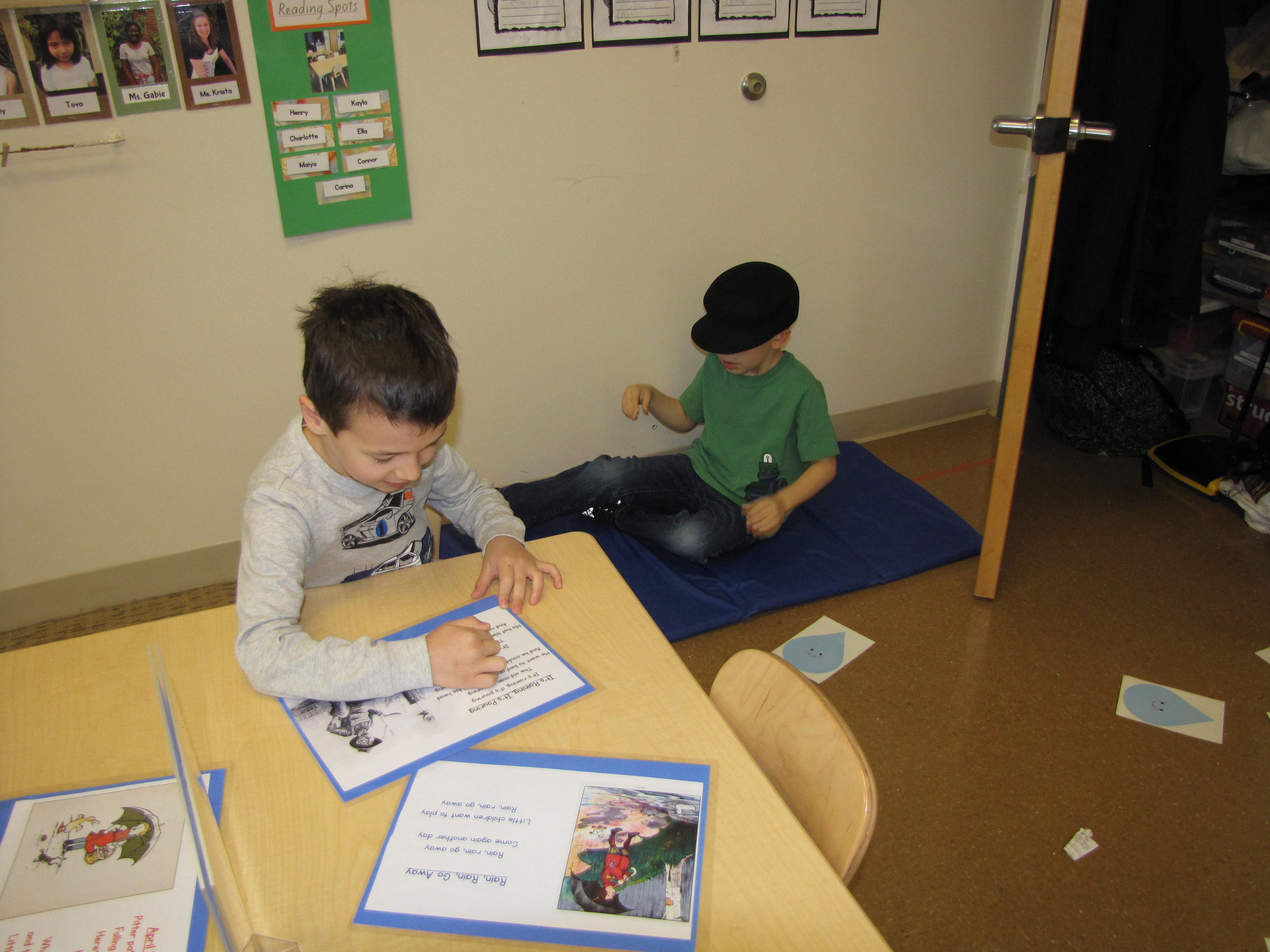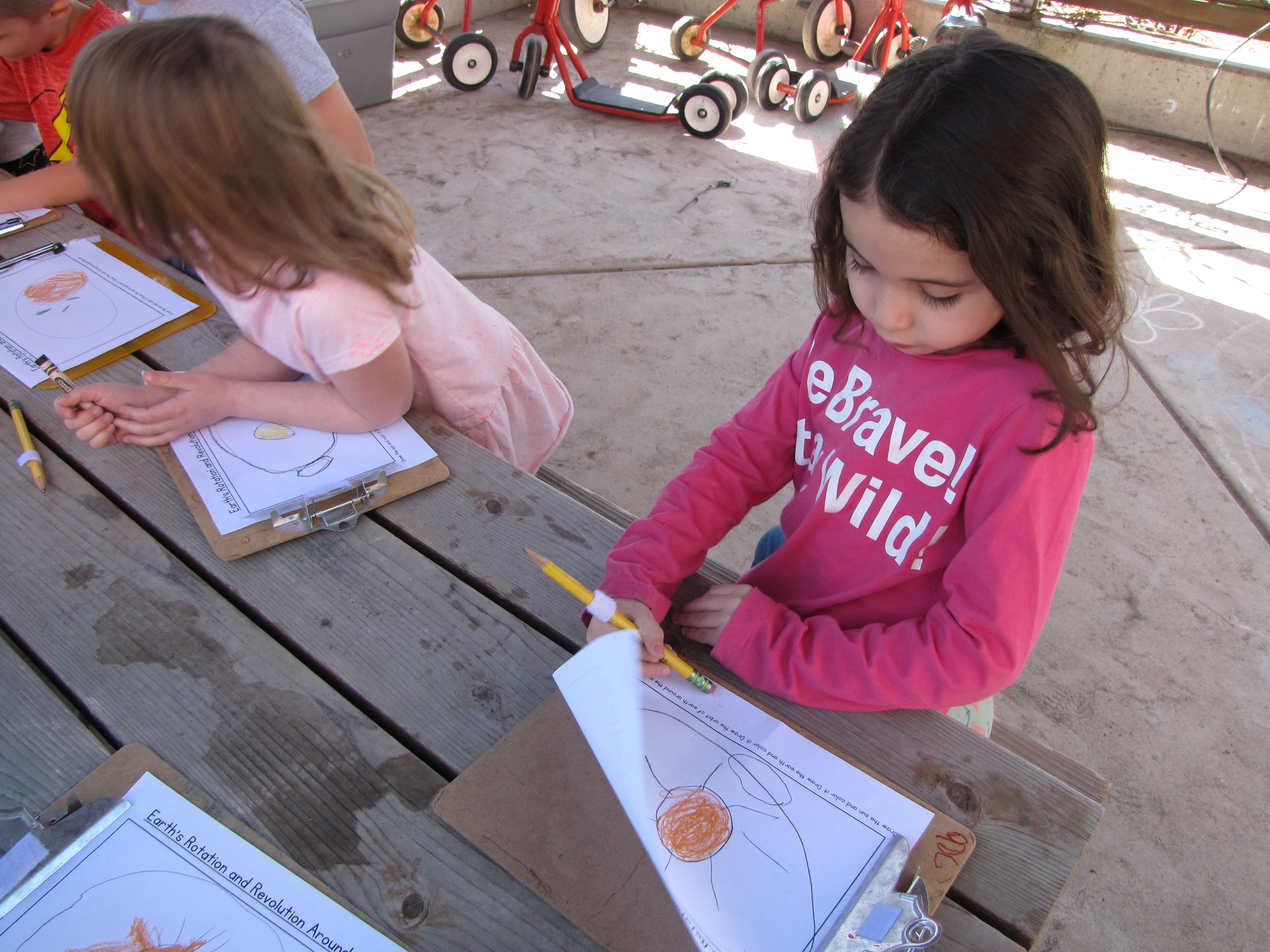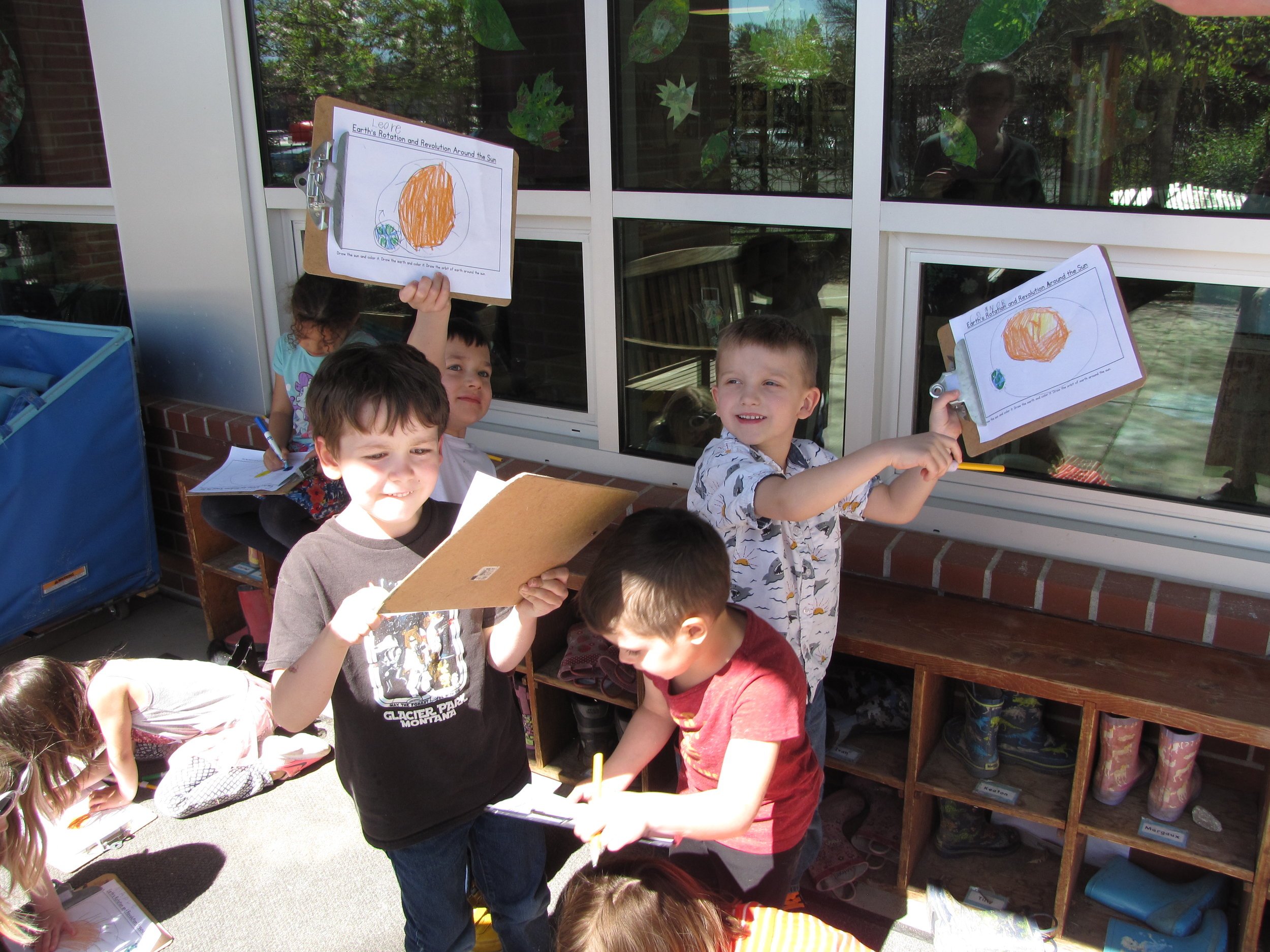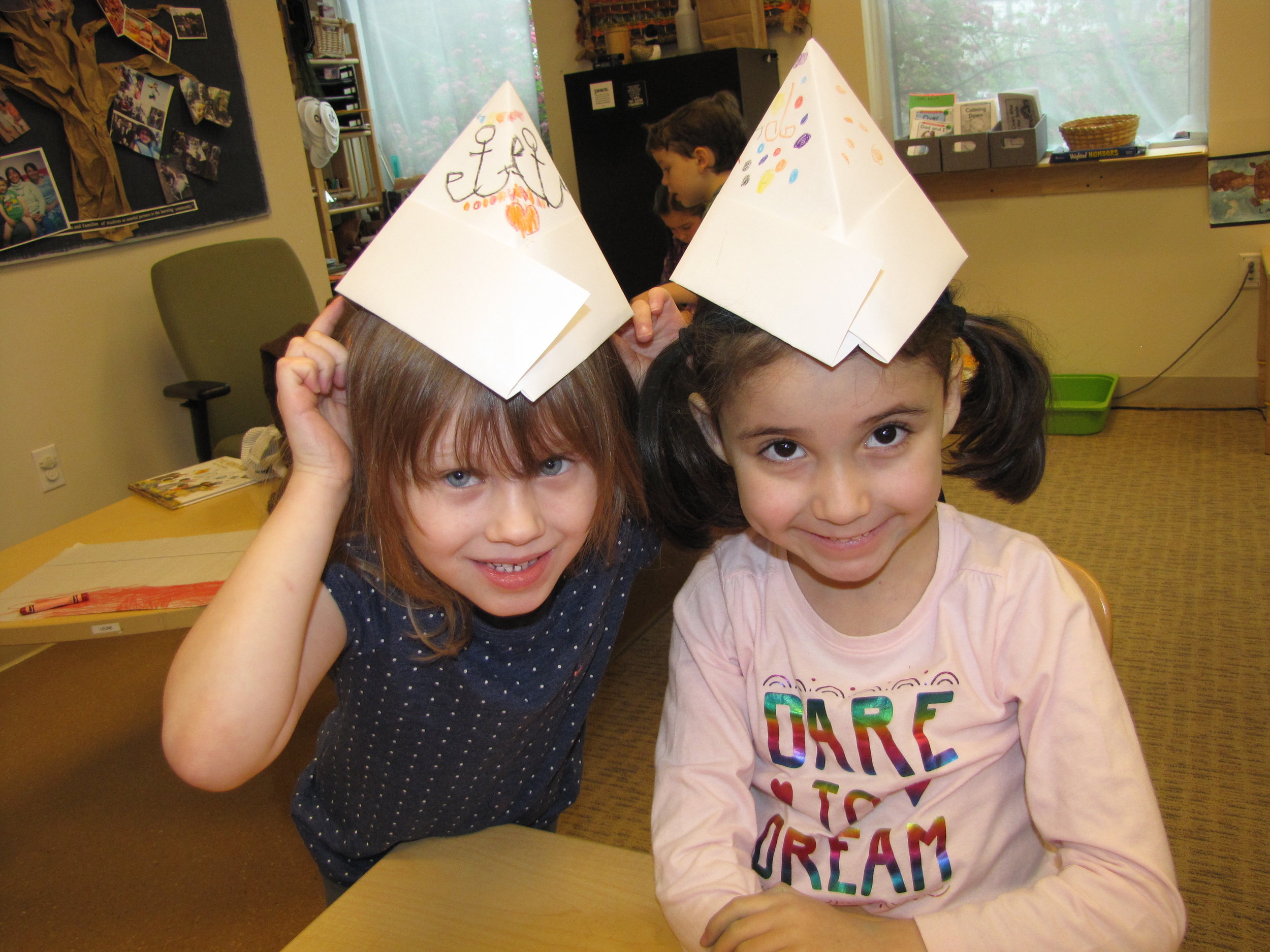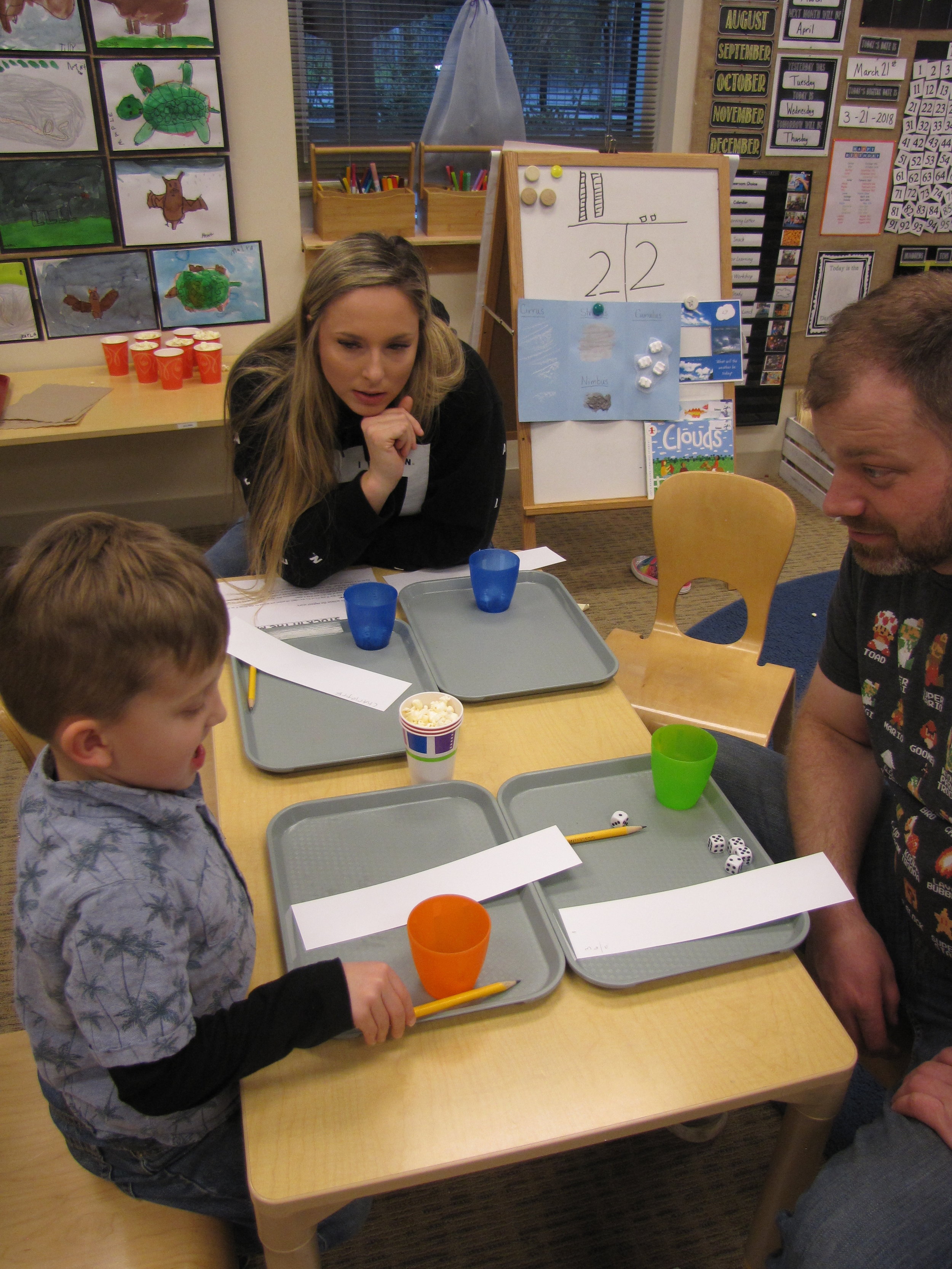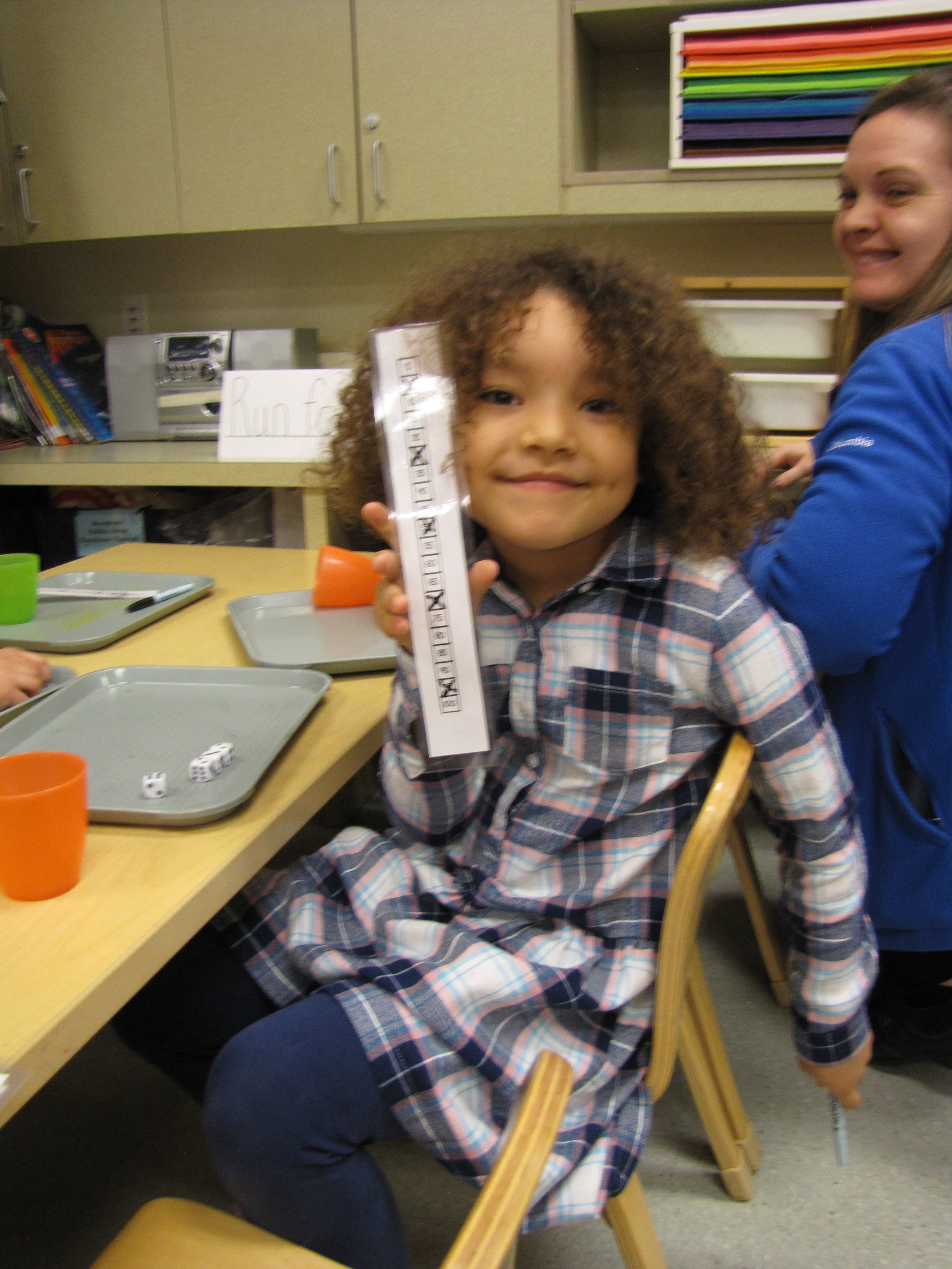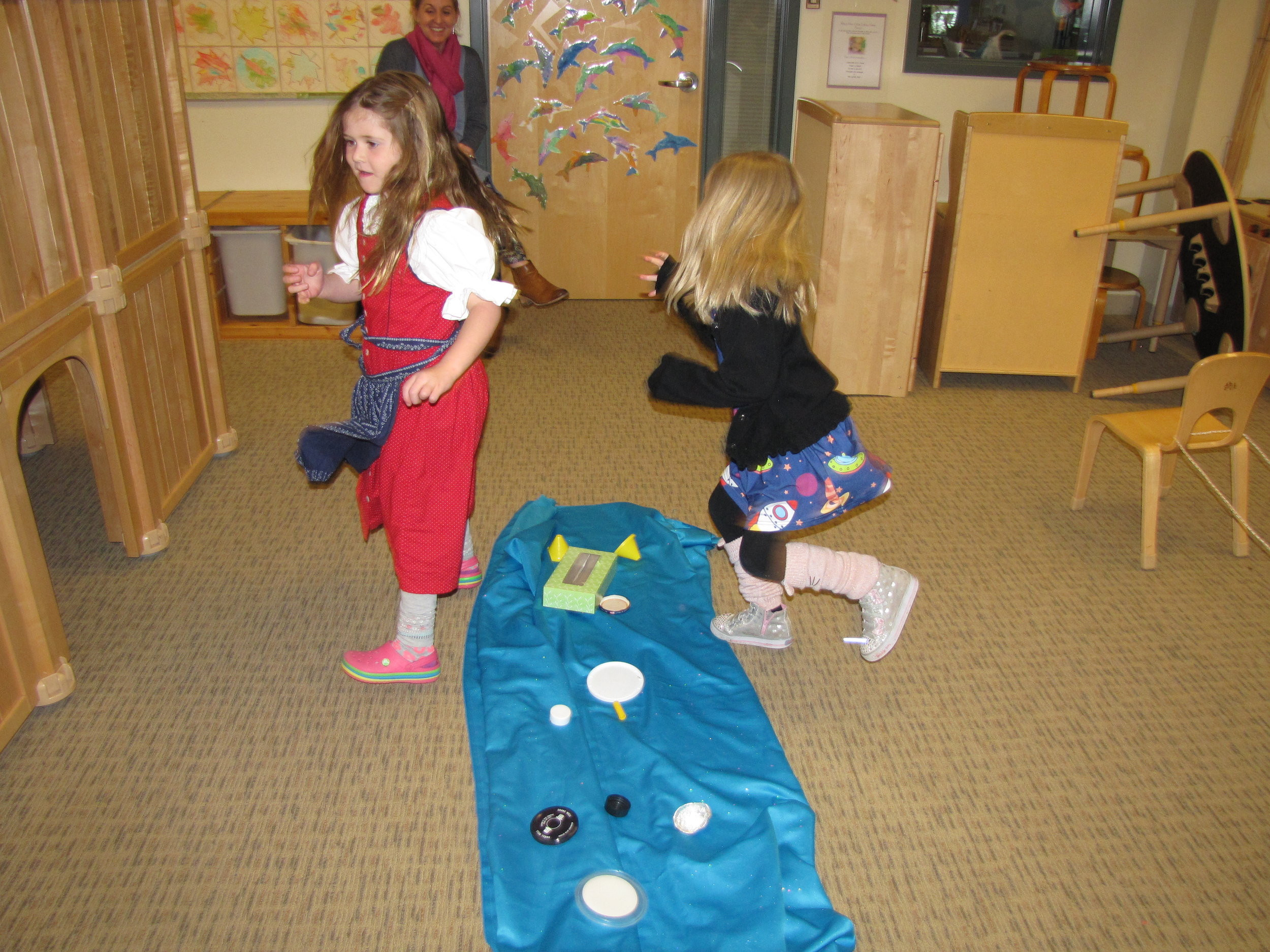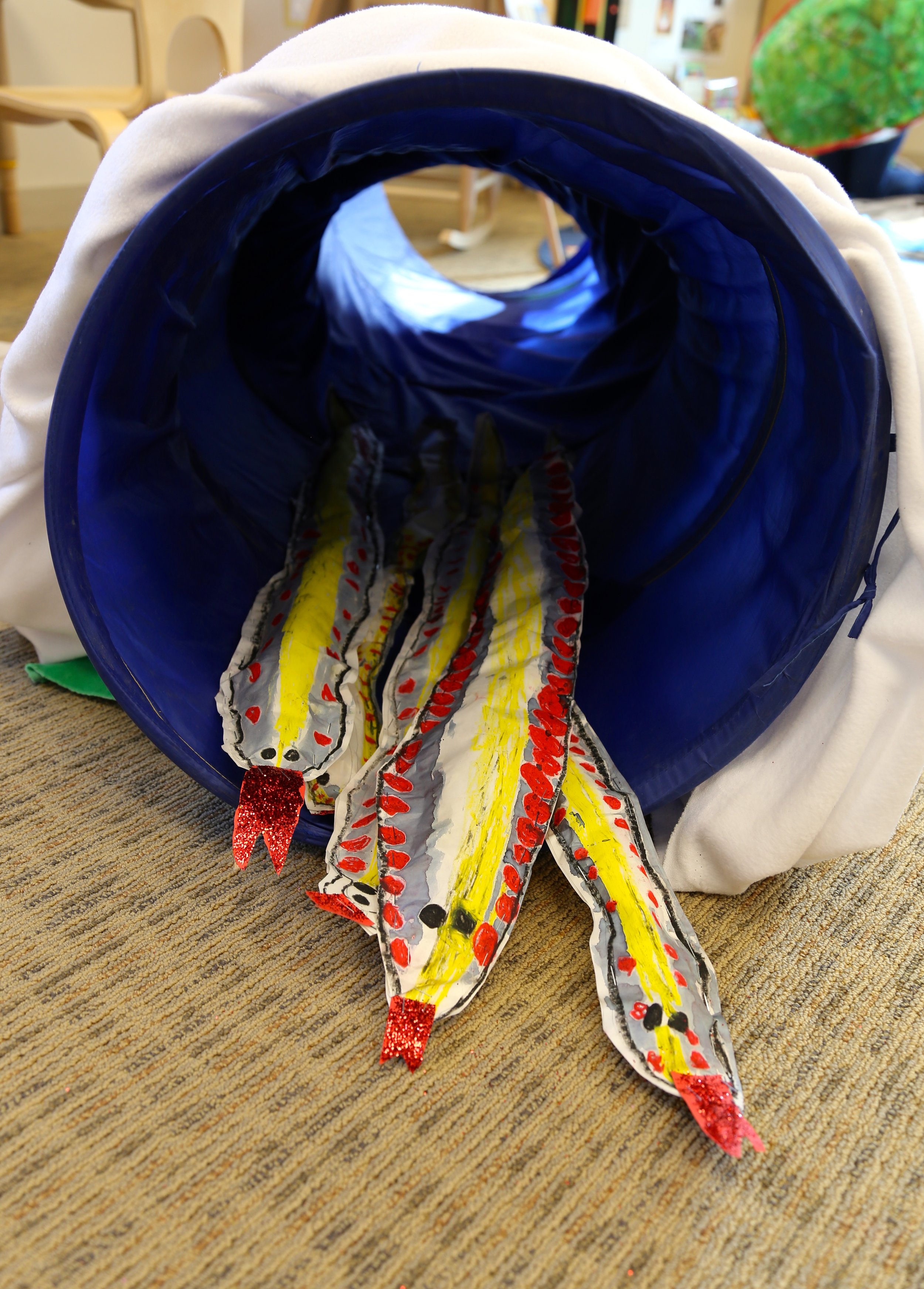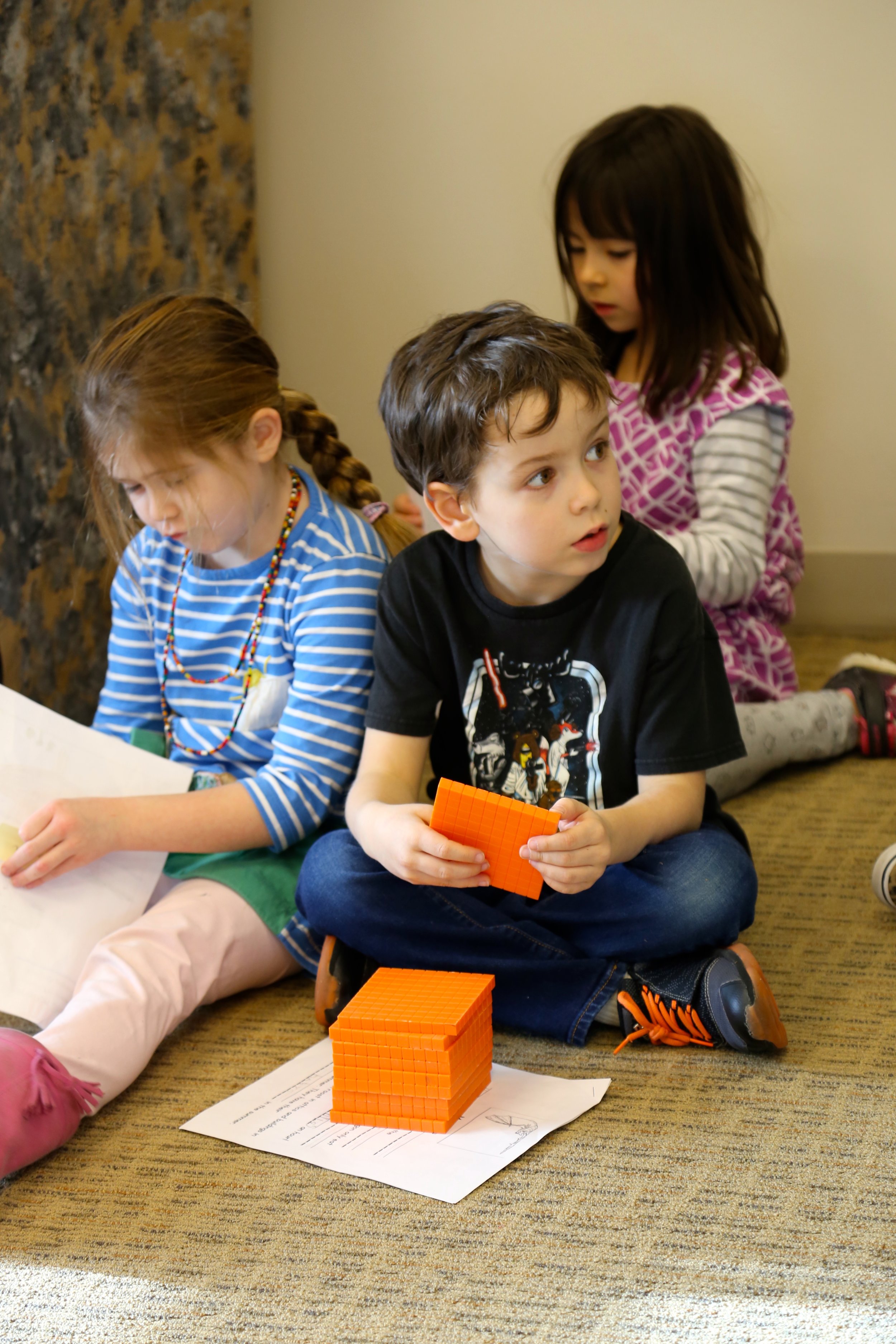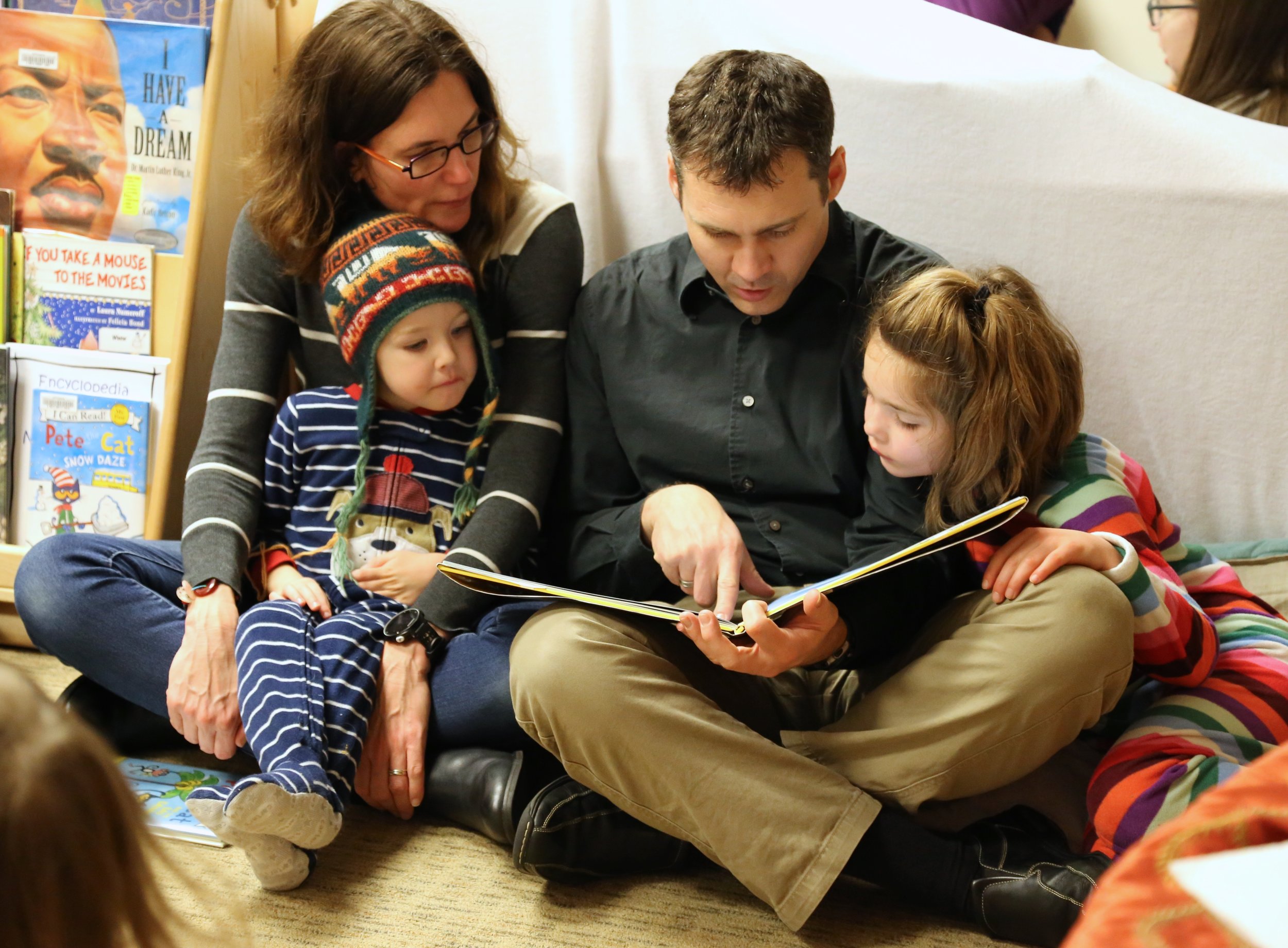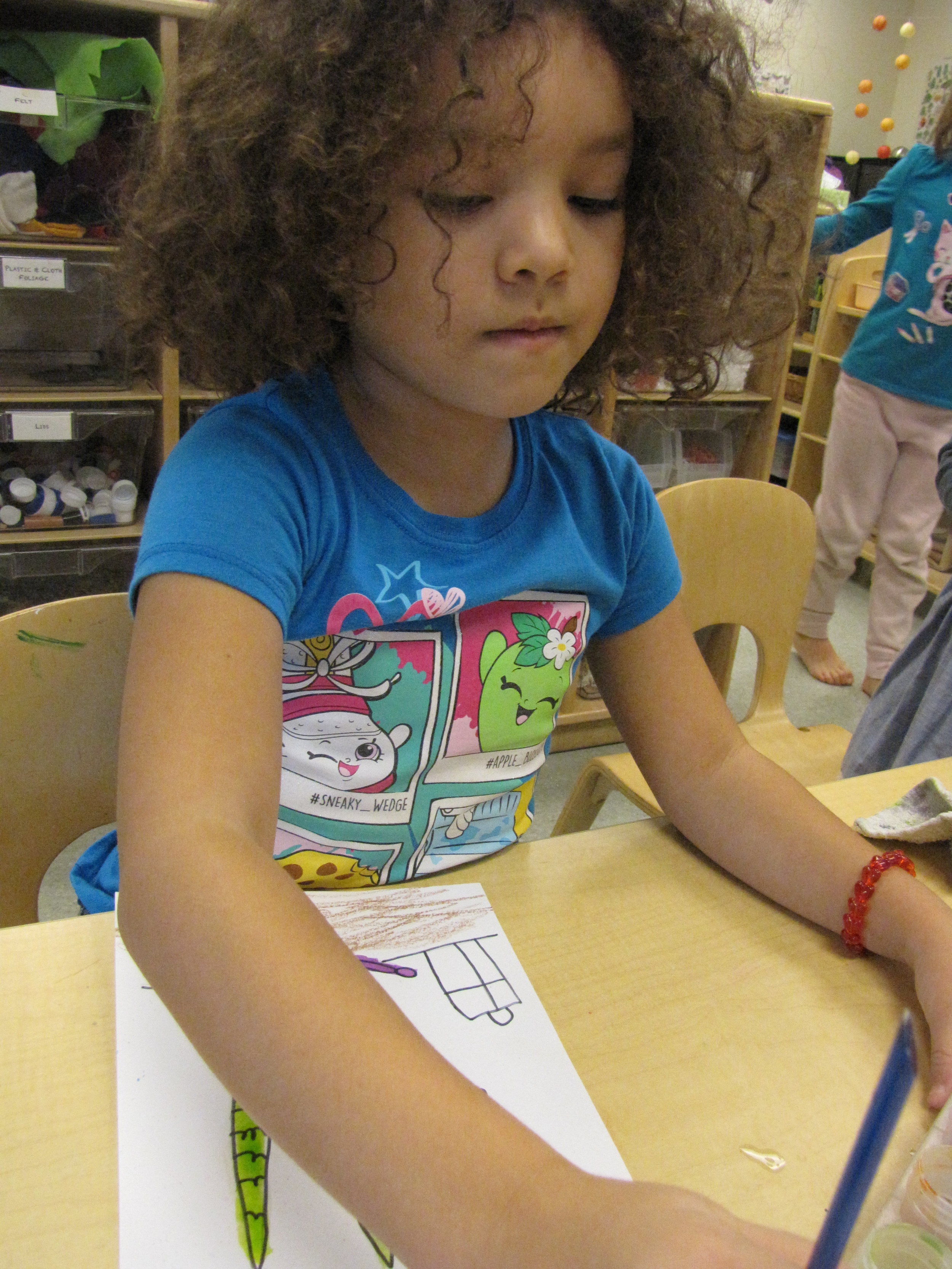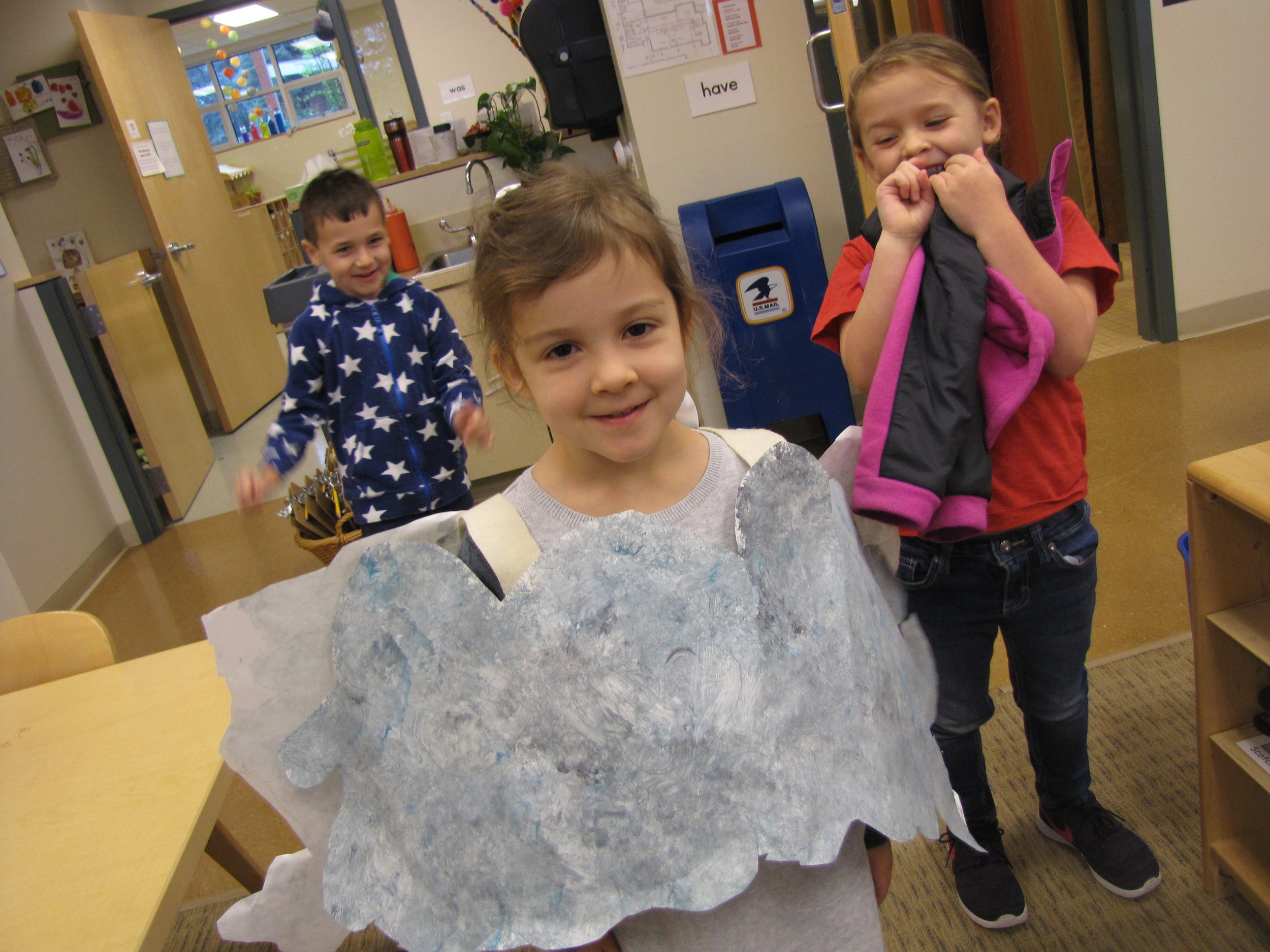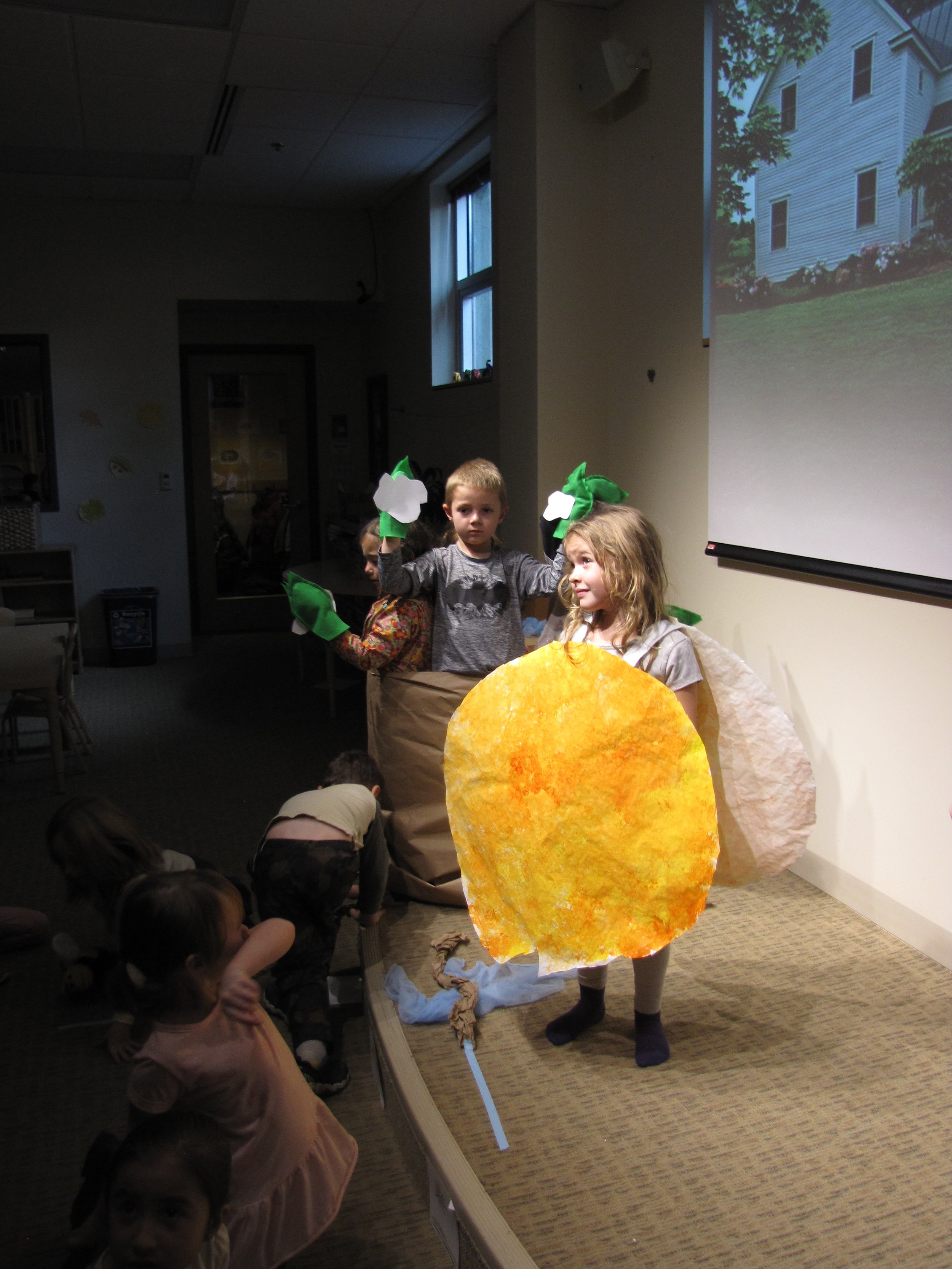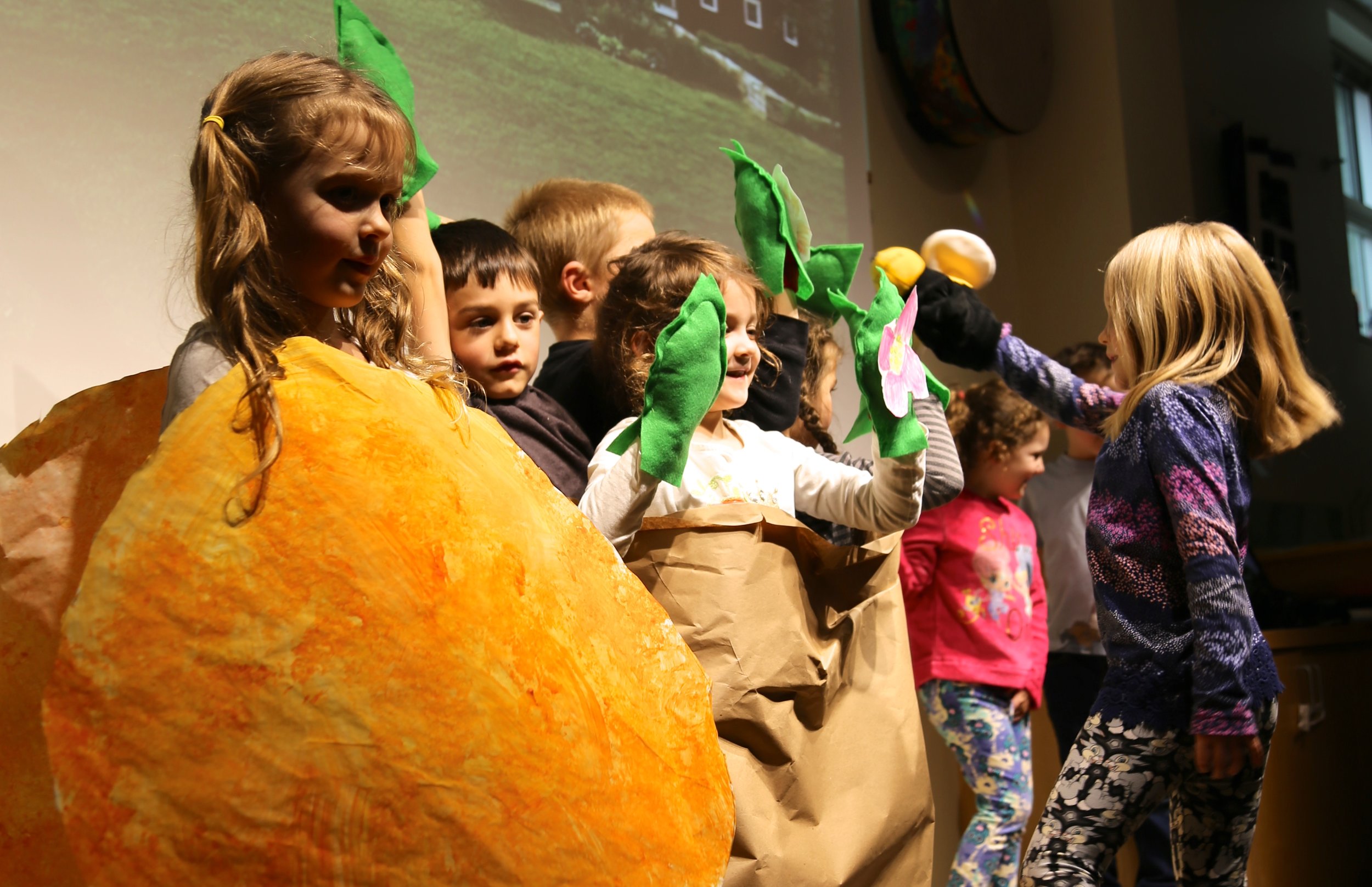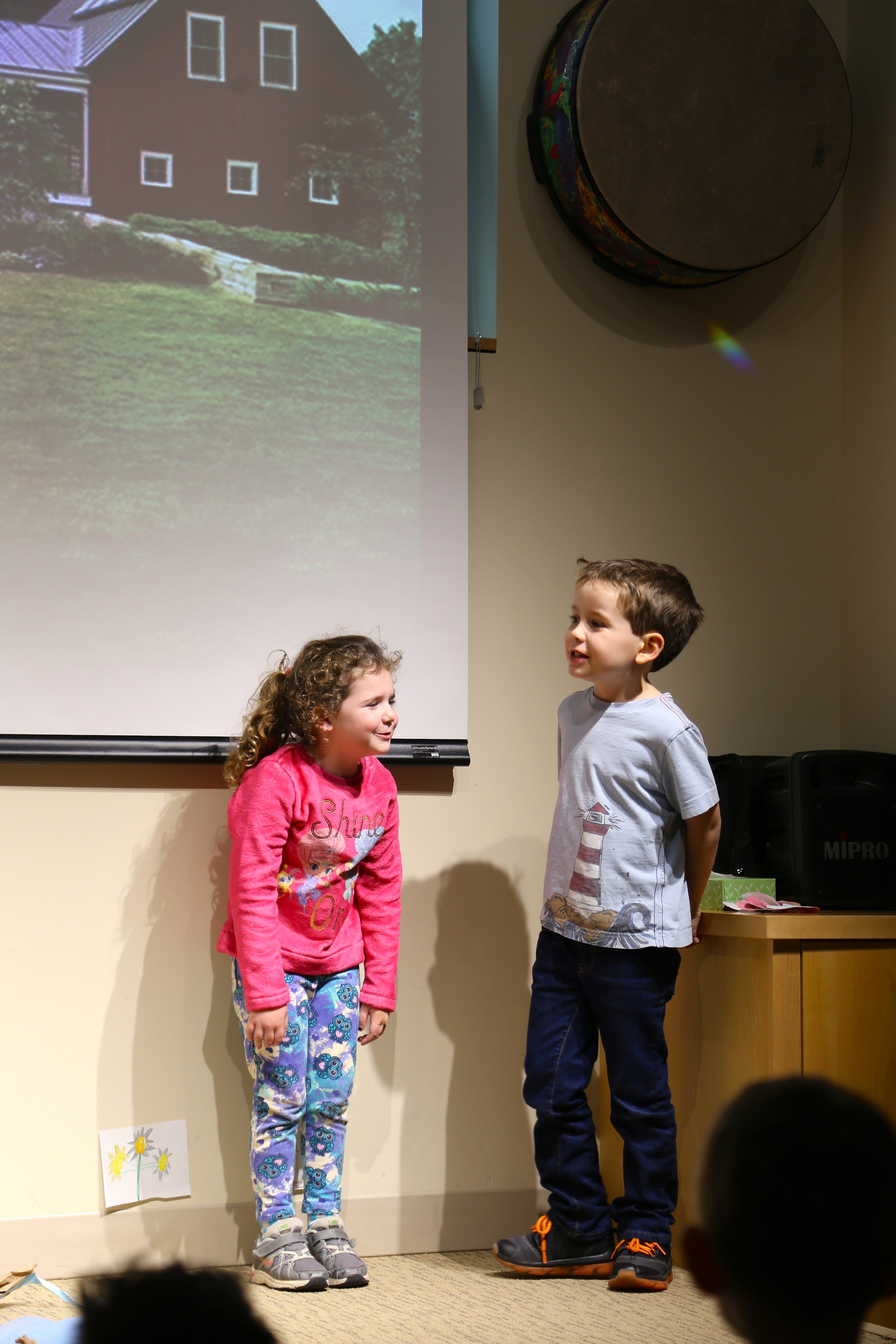Whales continued their study of weather this week, looking more closely at the power of wind, and the way that cold and warm air interact to make the air move on the surface of the earth. After watching a funny play performed by Ms. Julie and Ms. Ellie, Whales practiced being heavy, bossy cold air pushing light warm air up into the sky to form as clouds above the earth. We learned a new poem, The Windy Day and drew illustrations to help tell the story of the poem. Then we looked for sight words, bossy E, and vowel blends in the text.
After making and sailing our own little boats last week, Whales got to Skype with one of our very own Whale dads (Mr. Stephen) who captains a real sailboat! He gave us a tour of the boat while they were sailing up the Atlantic coast near Florida. We saw how the wind moved the sails and helped turn the boat in the proper direction. Mr. Stephen answered lots of questions about how weather affects his travel on the sea. It was amazing!
To finish off our week, Whales spent time making props and practicing our play The Wind Blew based on the book by Pat Hutchins. The performance was full of windy, wacky fun! To see a video of the performance, look under the Watch and Listen tab above.








